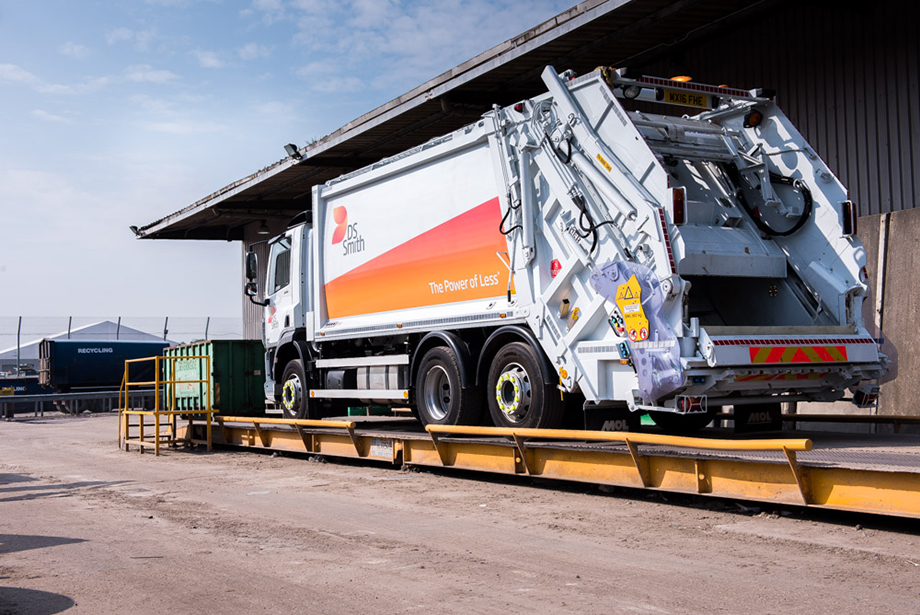Why do we rely on weight-based recycling targets?
Reporting recycling rates in tonnes collected can be misleading, because not all material collected for recycling is suitable to actually be recycled. An examination of weight-based targets suggests that alternative measurements will actually improve recycling rates.

Balancing quality and quantity
It seems logical to report on waste management performance in terms of tonnes – it appears to offer a clear comparison of what’s collected, transported, exported, incinerated, or landfilled, regardless of material type or end destination. But targets that rely on only measuring tonnages risk focusing on quantity collected, which does not take into account contamination, and whether the material in question is recyclable.
Relying on collection systems that prioritise collecting large quantities of material does not guarantee the high quality needed by reprocessors for material to be recycled. This increases the risk of scenarios where material is collected for recycling but must be diverted to incineration or landfill, because of contamination that comes from mixing recycling streams.
Relying on commingled recycling streams means that recyclables risk being too contaminated to be reprocessed, and material intended for recycling misses the opportunity. It’s important that we get the right balance between quantity and quality when it comes to recycling strategies. By finding that balance, and measuring it accurately, we can improve our overall resource efficiency.

DEFRA UK Statistics on Waste
Percentage of household waste recycled in the UK
Making sure material is recycled
The step-change in the world’s contamination tolerance after China’s ban on importing 24 grades of waste is the latest development in a system that has needed a greater focus on quality for some time.
In Defra’s latest UK Statistics on Waste, published in February 2018, 81% of incinerated waste is ‘household and similar wastes’, and only 45.2% of the UK’s household waste is recycled.
At the time of the latest available data, landfill was still the second most used waste treatment in the UK, with 23.1% of the UK’s total waste arisings sent to landfill in 2014. At the same time, the rates of energy recovery and incineration – which Defra class as different means of waste disposal – increased by over 20% in two years.
Circular Economy Package
Household waste recycling target by 2020
If we want to increase our recycling rate in line with the Circular Economy Package’s target to recycle at least 50% of our household waste by 2020, we need to consider how to increase both the quality and quantity of material collected for recycling. We also need to examine how to prevent recyclable materials from moving further down the waste hierarchy, to incineration or even landfill.
Putting quality in the heart of recycling collections, and offering a standardised system of separate collections, particularly for the food and paper fractions, will encourage greater recycling and less waste, while increasing both the amount collected for recycling, and material quality.
The rates and the weights
Reporting on the clear difference between collection rates and recycling rates might add more clarity to the situation. If it’s clear how much material collected for recycling finds its way into other waste disposal methods, that’s the first step to understanding where and how we can improve recycling systems to collect for quality.
This will also help tackle the confusion around whether recycling targets actually set goals for the amount of material recycled, or the amount of material collected for recycling. Conflating collection targets with recycling targets leaves our industry vulnerable to accusations of greenwashing.
Clarifying the distinction between material collected, and the quantity actually recycled, will identify the missed opportunities. That allows us to take steps to become more efficient and more sustainable by wasting less and recycling more.

Identifying an alternative
In August, the Environmental Services Association published a comprehensive report into the suitability of weight-based measures. A valuable addition to the debate, the insight highlighted the requirement for a wider range of analysis tools to fully demonstrate environmental performance.
Rather than discounting weight-based measures completely, the report suggested that a variety of measurements would be a much more pertinent solution. If this were more closely linked with reporting on carbon emissions, as well as producer responsibility system performance, it would create a system that provides much greater granularity to our reporting of recycling rates – one that acknowledges that there’s more to recycling than simply collecting material with the intention of its being recycled.
Recycling is more complex than whether a material is collected or not. To better reflect the reality of collections and reprocessing, and to inform national and local conversations on our progress toward the Circular Economy Package’s targets, we must look to metrics that allow us to look beyond the limitations of weight-based targets.
However, driving a circular economy is complex, and improving recycling rates relies on a broad range of tactics. The waste hierarchy is key, especially to keep materials away from disposal, as are design for recycling and better segregation processes. We don’t need to identify a one-size-fits-all solution, but to understand how we can encourage best practice behaviour and minimise contamination levels to further improve recycling systems. That is when we will start to see real gains, as a nation, in our overall resource efficiency.
